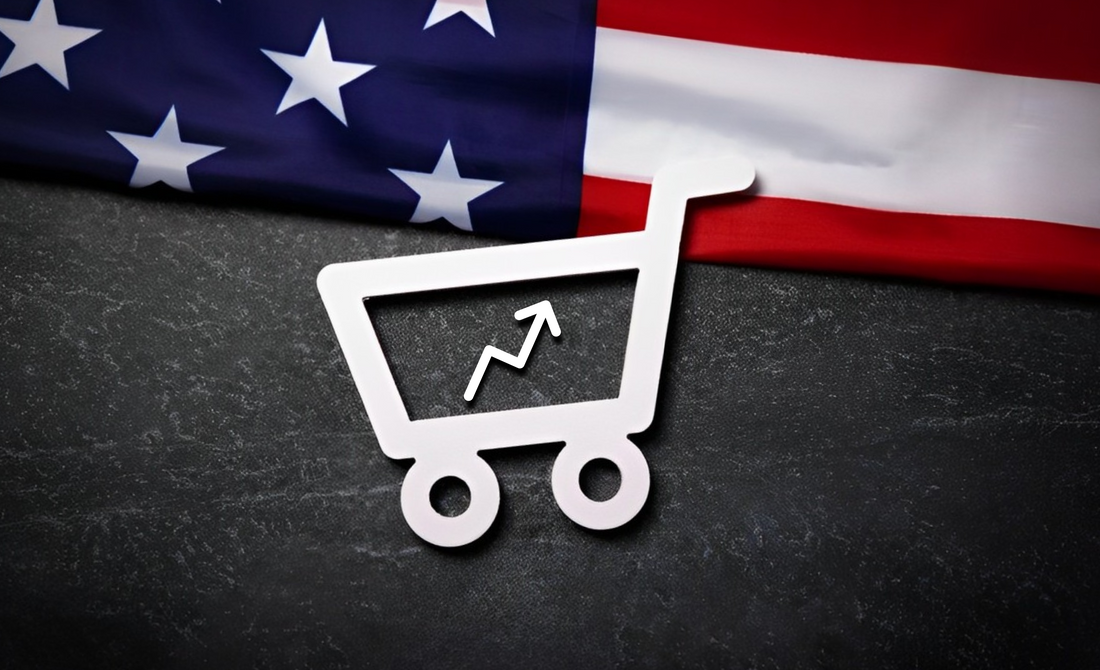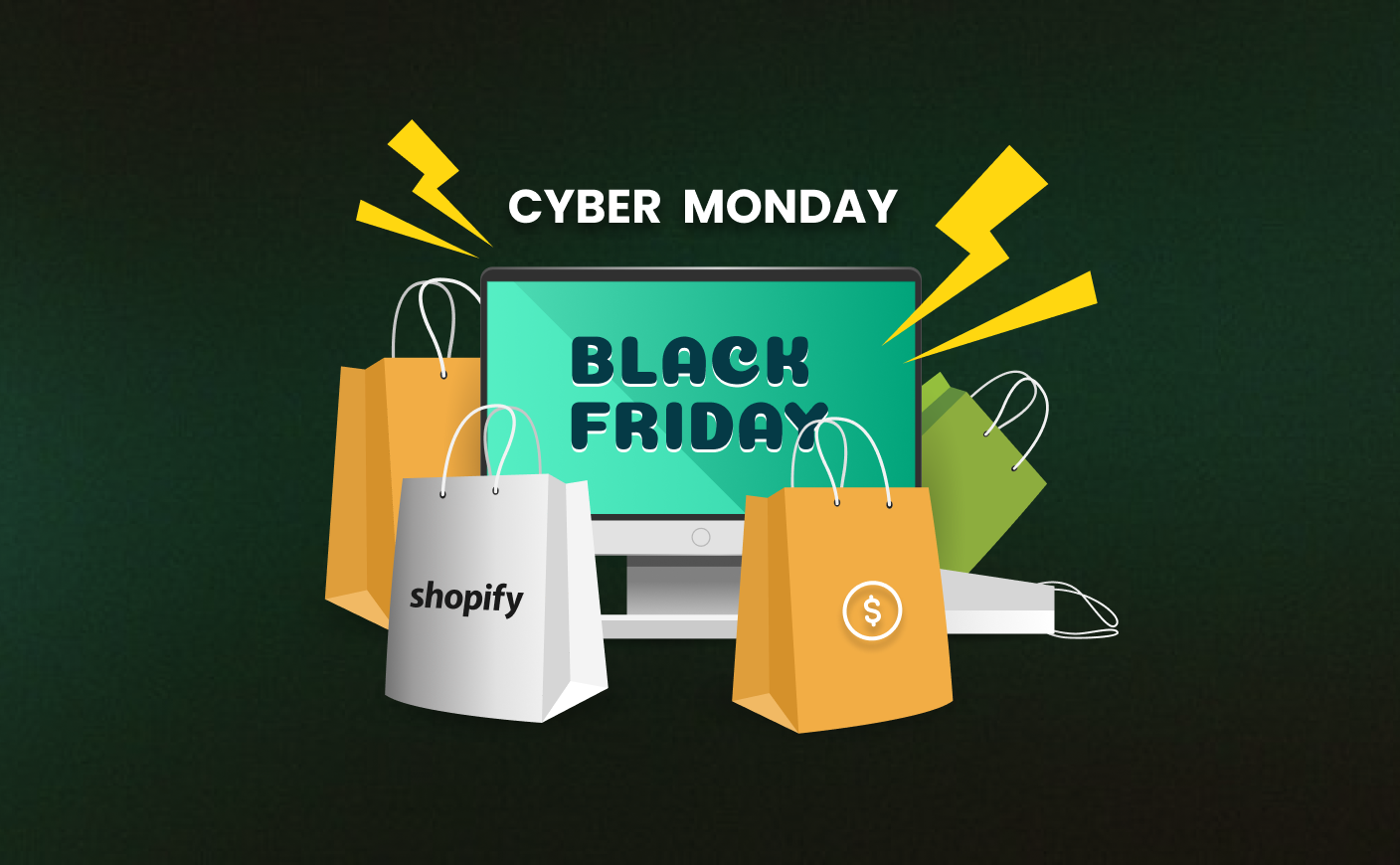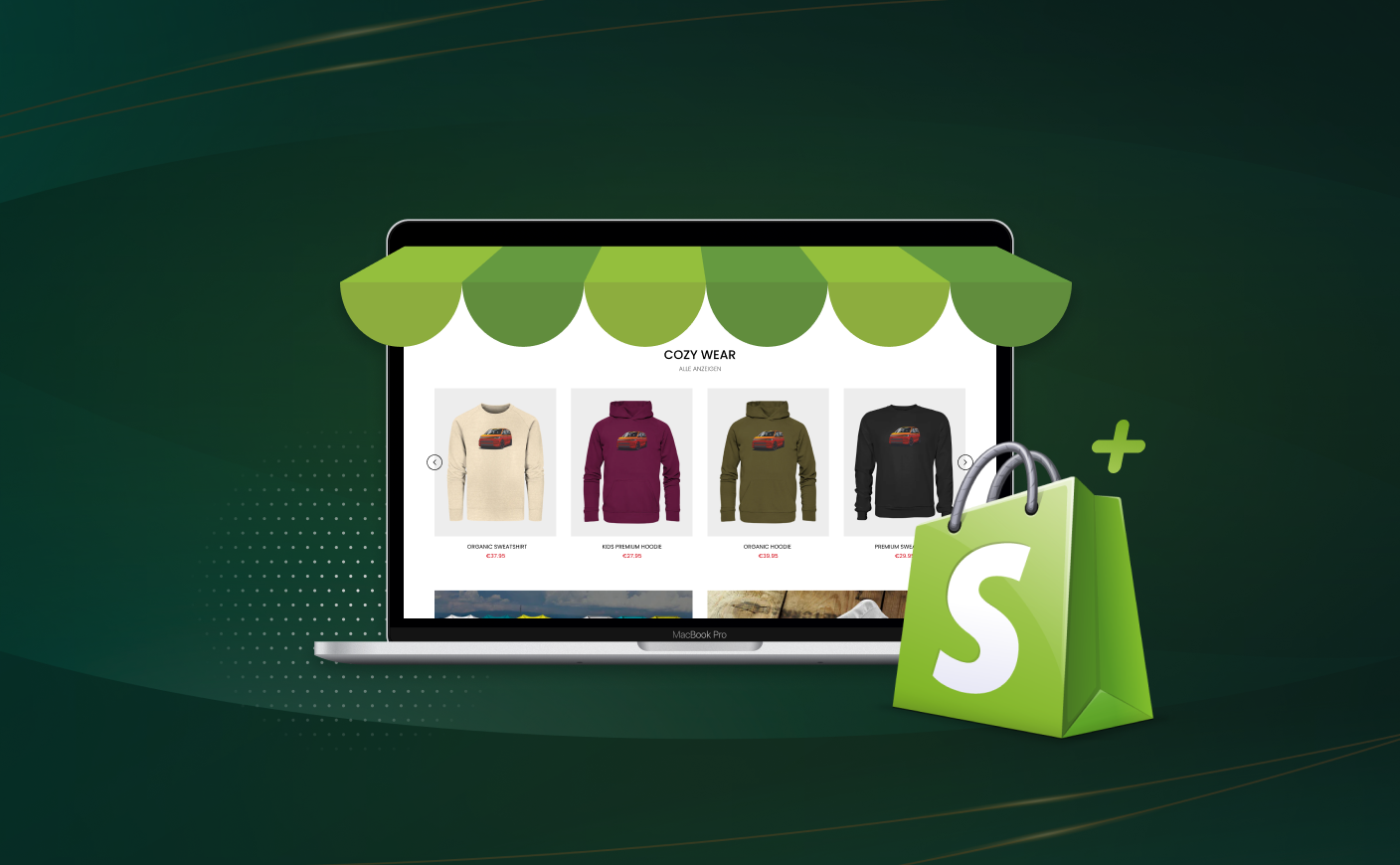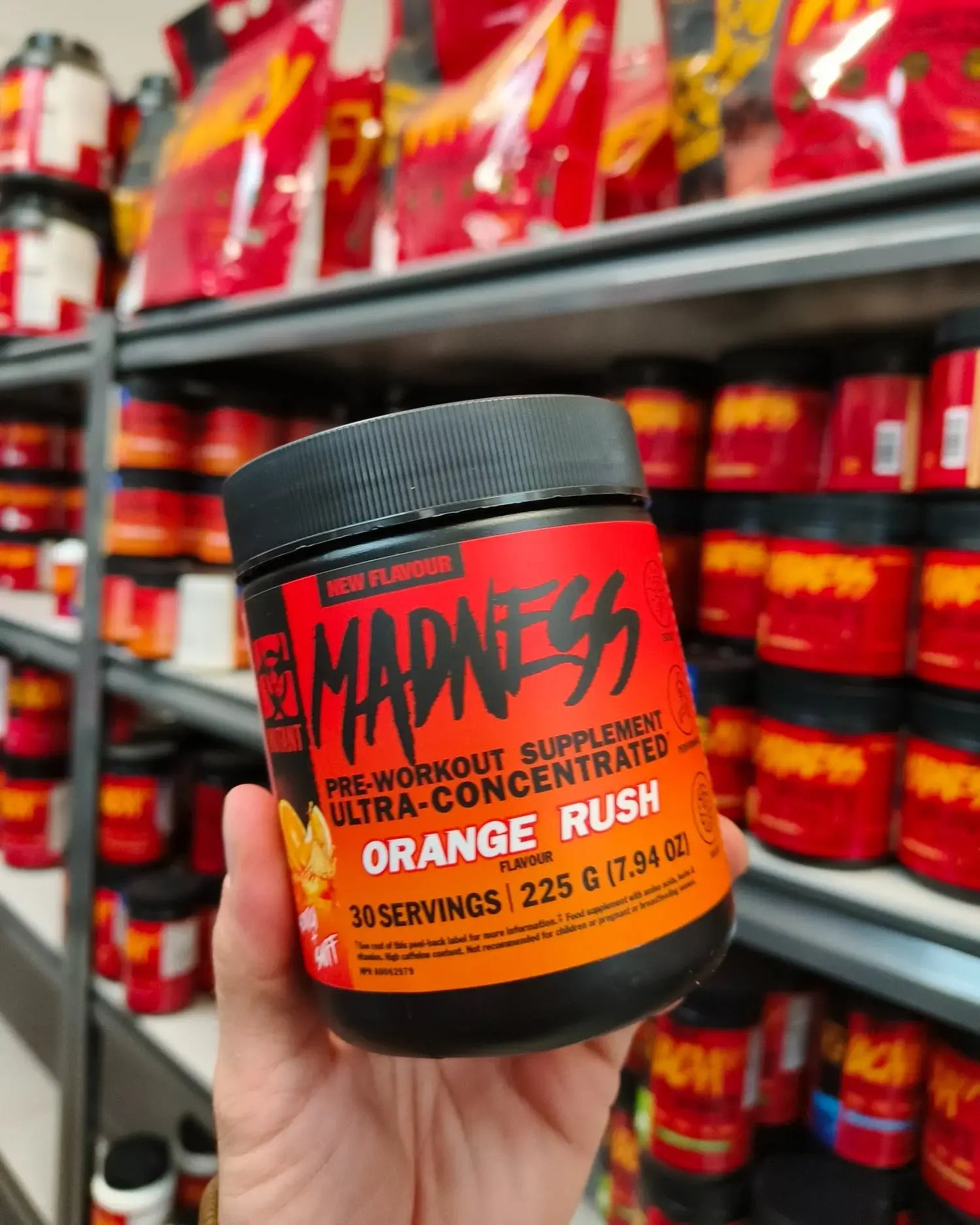Shopify 2025: Key Consumer Trends for U.S. Businesses
shopify
shopify 2025
U.S. Business

We all have noticed that consumer trends continue to evolve year after year. Keeping up with the latest trends will only help you stay ahead of the competition as a business owner in Australia.
Looking ahead in 2025, the trends are showing a strong tilt towards cost-saving and financial restraint as inflation remains a primary concern among most households.
Keeping this in mind, let us talk about 9 consumer trends you need to look out for in 2025.
9 Key Consumer Trends Shopify Merchants Must Watch in 2025
We will give you a comprehensive overview of each point one by one.
#1 Consumers in the US are now more budget conscious
With the rising issues of inflation, U.S. shoppers are becoming savvier than ever, prioritizing value over frivolous spending. This isn’t just a knee-jerk reaction to tough times; it’s a behavioral shift.
As per a recent report, approximately 55% of the population are shifting towards methods that help them track their expenditure.
In the face of economic uncertainty, consumers are focusing on reduced purchasing and limiting their budgets. With personal savings rates dipping below 5%—a 10-year low—shoppers are becoming more selective, prioritizing deals and discounts as they navigate limited financial flexibility. This change has a direct effect on how they shop online, making value-driven purchases a primary concern.
For instance, consider how platforms like Honey and Rakuten are booming. When making purchases, these services assist customers in finding discounts or earning rewards. To adjust, make sure your Shopify store has flash promotions, loyalty plans, or dynamic discounts to appeal to this frugal mentality. Better yet, use tools like Shopify Flow to create personalized promotions for repeat customers.
#2 Inflation still shapes spending habits
The effects of inflation linger, subtly shaping how people prioritize their purchases. Instead of completely cutting back on spending, people are reallocating their budgets. Luxury goods, for example, may become less popular, but necessities like groceries, home goods, and fine clothing are still in high demand.
Take a cue from well-known companies that promote premium yet cost-effective products, such as Costco or Dollar Shave Club. If you’re running a Shopify store, consider offering bundles or bulk discounts. They’re not only wallet-friendly but also give shoppers the sense they’re getting the worth out of their money.
#3 The rise of value-driven choices
In August 2024, Deloitte's financial well-being index fell to 99.3, highlighting that financial pressures are still shaping consumer spending habits.
The mere existence of your products in the market is no longer sufficient; they must clearly benefit your target consumer. U.S. consumers in 2025 are scrutinizing every purchase, asking questions like: Does this improve my life? Is this a better deal than what the competition offers?
Here’s a real-life example: Warby Parker. This eyewear brand actively promotes its goal of helping underprivileged communities while highlighting its quality and affordability. In the same manner, your Shopify store can succeed by highlighting the tangible benefits of your product in addition to any charitable causes you endorse. Incorporate honest, transparent messaging in your store’s copy to build trust with these discerning buyers.
#4 Use the power of subscription services
Subscription services are still a priority that many customers are unwilling to give up, even when their overall budgets have tightened. In a Paysafe survey, almost half (47%) of participants said they would continue to pay for their TV and movie subscriptions even if they had to cut back on other costs.
This is echoed by Deloitte’s 2023 Digital Media Trends survey, which revealed that 88% of U.S. households maintain at least one paid streaming video subscription. These insights show that even though consumers are mindful, digital entertainment remains at the top of their list of priorities.
For Shopify store owners, subscriptions are an untapped goldmine. The Subscription API from Shopify allows you to create recurring payment schemes. Whether it's coffee deliveries, a monthly beauty package, or access to premium digital content, providing subscriptions guarantees recurring business and consistent income streams. Just ensure the offering feels personalized and indispensable.
Also read: Our comprehensive guide on how to increase your Shopify sales revenue in 2025.
#5 Physical shopping still holds its charm
Yes, online shopping is convenient, but here’s the kicker: Americans are still hitting up brick-and-mortar stores. They are drawn to tangible, visual, and in-person product experiences. Companies such as Apple and Lululemon have taken advantage of this by developing in-store experiences that improve their online visibility.
This may sound depressing if your company solely sells products online, but don't panic. Shopify bridges the gap between online and offline shopping with services like Shopify POS. Pop-up shops, neighbourhood markets, or even showrooming can provide your business with the in-person interaction that consumers are longing for.
#6 Need for diverse payment options
In 2025, consumers are embracing flexibility—not just in what they buy, but how they pay. Payment methods like Buy Now, Pay Later (BNPL), crypto wallets, and mobile-first solutions (think Apple Pay) are becoming non-negotiable. A recent survey found that 52% of customers use mobile wallets like Apple Pay or Shop Pay to pay for regular transactions instead of carrying a traditional wallet when they leave their homes.
Take the success of Afterpay and Klarna. By providing monthly payments, these services are helping companies in increasing average order values. Shopify merchants can meet this increasing need by integrating Shop Pay Installments and related solutions. Never underestimate the impact an effortless checkout may have on your sales.
#7 Sustainability is a non-negotiable in 2025
The modern consumer seeks an item with a purpose rather than just a product. Customers are giving preference to firms that share their beliefs, whether that be in terms of eco-friendly packaging or products sourced ethically. 80% of consumers said they would pay up to 5% extra for products made responsibly, as per a PWC survey.
For instance, Patagonia. By leveraging recycled materials and making a commitment to fixing obsolete items, they have established an empire centred on environmental responsibility. On Shopify, you can use apps like EcoCart to let your shoppers offset their carbon footprint during checkout. Highlighting your sustainability initiatives on your website and marketing channels will resonate with these mindful buyers.
#8 Personalization using first-party data
Businesses are increasingly depending on first-party data to provide personalized experiences as third-party cookies become less reliable over time. Customers in the US expect their favourite brands to be familiar with them and provide tailored offers, reminders, or recommendations based on their preferences.
Netflix has perfected this strategy in streaming, and you can do the same for your Shopify store. Leverage Shopify’s Customer Segmentation tools and marketing integrations like Klaviyo to send tailored email campaigns and recommend products..
#9 More brands are shifting towards D2C (Direct-to-consumer) models
More companies are selling directly to customers instead of going through a middleman. Why? Because it offers better profit margins, more control over the customer journey, and deeper relationships with buyers.
Consider Nike, which has been concentrating more on direct sales through its website and app. Adopting the DTC approach as a Shopify business owner allows you to better understand your customers and simplify processes. Use Shopify's analytics and insights features to examine customer behaviour and optimize your products for maximum impact.
Tying It All Together: Preparing Your Shopify Store for 2025
Now that you know what is trending, the next big question is - How to implement this in your business strategy in 2025?
Here’s a quick checklist to ensure you’re ready to meet these trends head-on:
Modify Your Pricing Models: Use flash sales, discounts, or bundles to appeal to consumers on a tight budget.
Improve Product Value: Explain the worth of your items through storytelling.
Provide Flexible Payment Plans: Include BNPL choices such as Shop Pay Installments.
Go Green: Highlight sustainable practices on your website.
Make Customization Magic: Make tailored recommendations based on consumer data.
Blend Online and Offline: Experiment with pop-up shops or events to merge digital and physical retail.
Build Subscription Services: Start small with essential products or exclusive perks.
Consider the DTC Leap: Develop a direct relationship with your customers by prioritizing transparency and communication.
If you’re ready to take your Shopify store to the next level, now’s the time to get started. And as we always say, you can always get in touch with us to improve your ecommerce store!
CrawlApps
At CrawlApps, we don’t just build Shopify stores—we create experiences that sell. We’re a bunch of problem-solvers who love turning ideas into stores that actually converts. Whether it’s fixing what’s broken or building something from scratch, we make sure every detail works in your favor. No fluff, no jargon—just real solutions that help your business grow. If you’re serious about Shopify, you’ll feel right at home with us.















